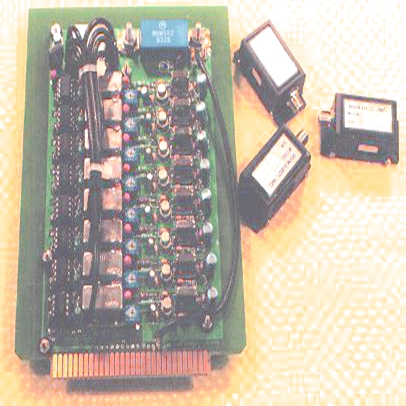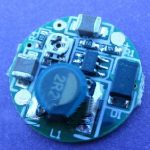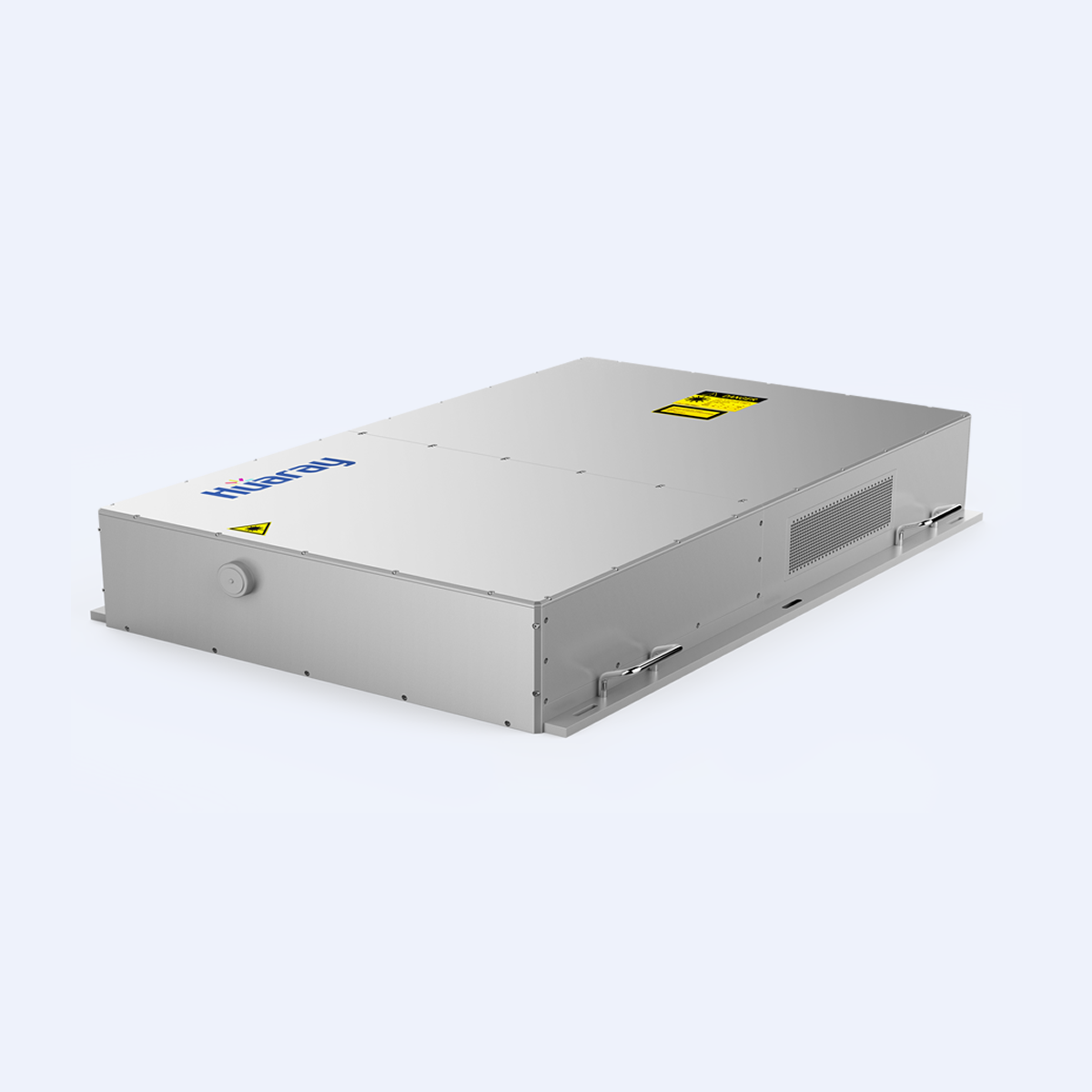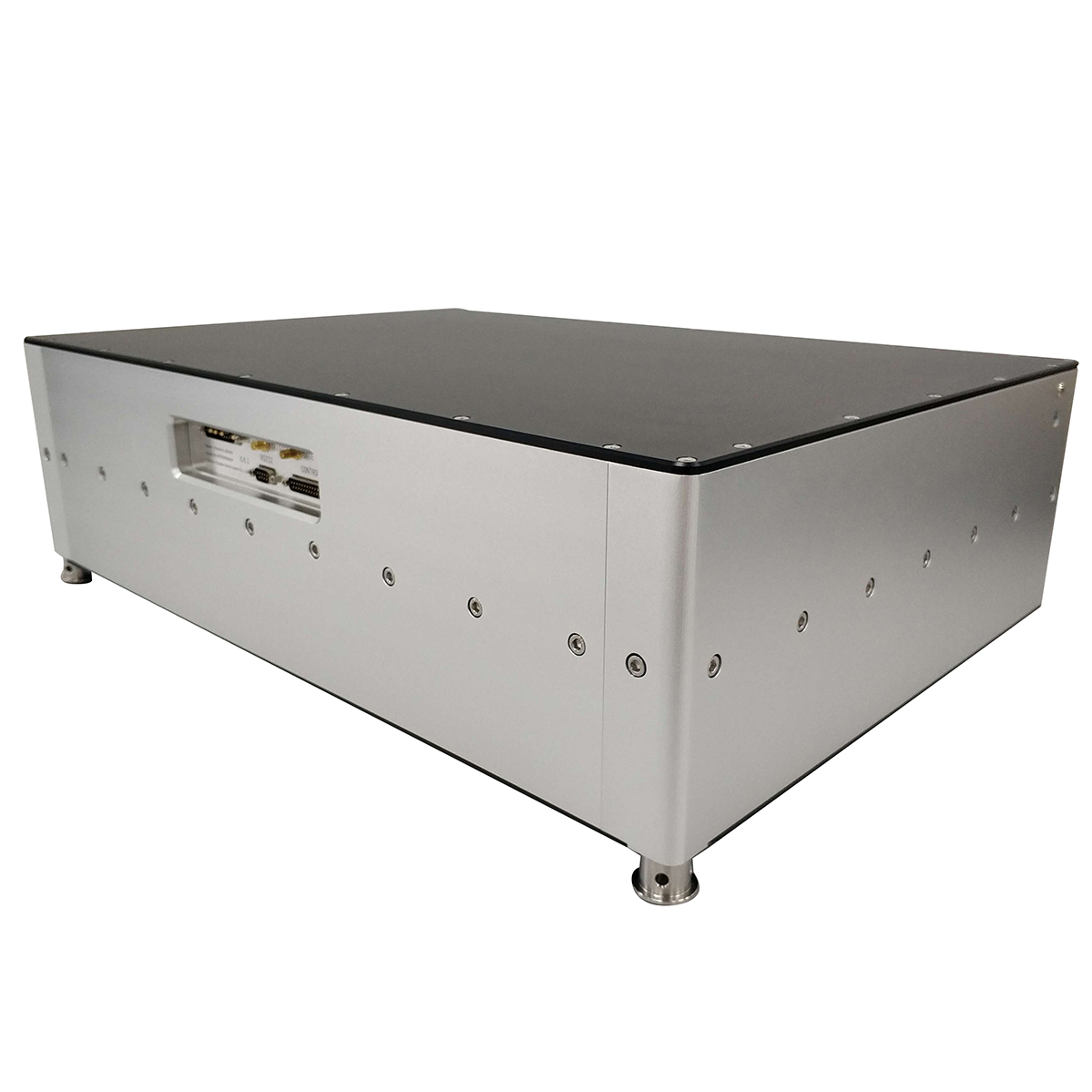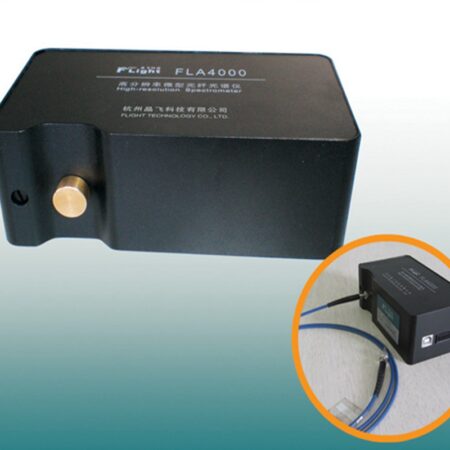Description
PCAOM Polychromatic Acousto-Optic Modulator cells and driver card
A PCAOM is a type of acoustooptic device that allows the selection of discrete laser wavelengths with variable intensity. Basically, the crystal may be considered as a tuneable electric prism. The incident laser beam is passed through the Tellurium Dioxide crystal. Specific RF frequencies are applied to the crystal, resulting in specific wavelengths being diffracted into the first order. Multiple frequencies will cause multiple spectral lines to be diffracted. The output face of the crystal is cut at a prismatic angle, so that all lines are superimposed. The intensity of each line is a function of the RF power at the particular frequency.
What can it do for me?
The PCAOM can replace a colour box, a coloruscan system, a three cell traditional AOM system, and a blanking galvo, all at once. If you are working with a “white light” system, a PCAOM will allow the synthesis of virtually any colour. With even a “monochrome” laser system, such as an Argon laser, the PCAOM will allow either selection of the Argon spectral lines (514, 488, 476, 457) or modulation of all lines simultaneously.
As with all AO devices, the PCAOM is very fast, and can select colours or vary intensity at better than 300,000 times per second. The PCAOM also has good extinction, the ability to produce a very “black” off state. Typical extinction is about -50 dB. For a 20 watt laser, this means the off state leakage is about 0.2 milliwatts.
Is it hard to use?
The PCAOM is by far the simplest and easiest colour/intensity control that has been devised. A trained laser technician will need about 10 minutes to install one in an optical system. The device is very stable, and requires a single adjustment to optimise it. Literally, this is a “white beam in, coloured beam out” device. It is also quite compact, under 2″ in all dimensions, and requires only 3-4″ on the output to separate the zero and first order beams.
Any special considerations?
The PCAOM must be used with a collimated beam, typically a laser beam. The beam must be linearly polarised, and in the correct orientation to crystal, although the crystal may be rotated to match the beam. The device can be sensitive to thermal shock,and should not be exposed to freezing temperatures. Use of multiple lasers, such as typical Argon Krypton pairs, requires precise convergence of the two beams, in both near and far field.
Is it efficient?
The PCAOM exhibits over 90% diffraction efficiency in the blue end of the spectrum, and 80-85% in the red. A typical device will be set-up to modulate up to 6 wavelengths simultaneously.
While each selected line will have high diffraction efficiency, there are several low power lines that are not modulated at all. This leads to a condition where a total of 20-30% of the broadband power is lost. This may seem bad, but consider that a blue subtractive filter will transmit only about 30% of a multiline Argon laser, and a typical scanner blanking system will lose 50% of the power in the “ON” condition. So, in a meaningful sense, relative to existing technologies, the PCAOM is quite efficient.
Can it be used with any laser?
As long as the RF driver provides the correct frequency corresponding to the wavelength of the laser, almost any laser can be used. Standard drivers have wavelengths at 647, 633, 514, 488, 476, and 457 nanometers. This means it can be used with a HeNe, an Argon, an Argon/Krypton mixed gas, or an Argon, Krypton pair of lasers. With special tuning, it can also work with a broadband Krypton, with modulation for the 568 nM yellow,and the 520, 530 nM green lines.
As for different power lasers, the PCAOM is rated for about 3500 watts per centimetre squared. A typical 20 watt Argon laser beam has a power density of about 660 watts per centimetre squared. As with any high power optical element, cleanliness is critical. A dirty face on the crystal could cause absorption and damage to the crystal. Devices have been tested with over 20 watts Argon, and 5 watts Krypton.
What about fiber optics?
The PCAOM requires a collimated beam of less than 3 mm diameter to work properly. Use on the output of a fiber delivery system is not recommended. It is best to use the device before the fiber, prior to launching. As the output beam from the PCAOM is very stable, coupling into fiber, even 50 micron fiber, is straightforward. There is a slight deviation in the beam path, so that the input beam and the first order output beams are not coaxial. This deviation is on the order of a few degrees. Most fiber launchers will accommodate this angular deviation.
